| Vintage Pulp | Jun 1 2019 |

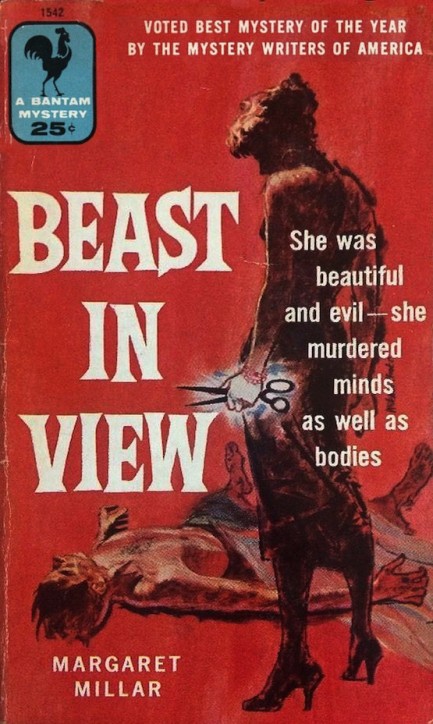
The villain in Beast in View begins as nothing more than a serial phone harasser who seems to know just enough about her victims to prey on their insecurities. The lies she tells her victims are terrible, and the language is ugly too. More direct forms of harassment soon commence, just about the time amateur sleuth Paul Blackshear steps in and is asked to find the caller. That seems easy enough at first, but he soon finds that identity is a more nebulous concept than he imagined.
Beast in View won the 1955 Edgar Award for best mystery of the year. Hmm... well we liked it. But is it really better than Patricia Highsmith's The Talented Mr. Ripley, which it beat? We don't know about that. Later Beast in View was voted one of the best mysteries of all time by the Mystery Writers of America. That's a broader accolade, in a way, and we can't find any fault there. It's a good book, written in classical mystery style, with a great ending, and this line:
[no spoiler] felt no pain, only a little surprise at how pretty the blood looked, like bright and endless ribbons that would never again be tied.
Well, that's certainly a nice piece of writing. This was our second Millar, and we have another lined up for a bit later. But first we may re-read The Talented Mr. Ripley, just to see if our memories are betraying us and Highsmith really isn't the better writer. But it isn't a competition anyway, is it? That defeats the entire point of reading for pleasure. Copyright on Beast in View is originally 1955, and this Bantam paperback edition came in '56 with Mitchell Hooks cover art of a woman holding Millar's paper knife.
| Vintage Pulp | Jul 10 2015 |


Two years ago we shared five covers of women standing over men they had just killed and mentioned that there were many examples in vintage cover art of that particular theme. Today we’ve decided to revisit the idea in order to reiterate just how often women in pulp are the movers and shakers—and shooters and stabbers and clubbers and poisoners and scissorers. Now if they do this about a billion more times they’ll really be making a difference that counts.
French publishers, interestingly, were unusually fond of this theme—so egalitarian of them. That’s why many of the covers here are from France, including one—for which we admit we bent the rules of the collection a bit, because the victim isn’t dead quite yet—of a woman actually machine gunning some hapless dude. But what a great cover.
We also have a couple of Spanish killer femmes, and a Dutch example or two. Because we wanted to be comprehensive, the collection is large and some of the fronts are quite famous, but a good portion are also probably new to you. Art is by the usual suspects—Robert Maguire, Barye Phillips, Alex Piñon, Robert Bonfils, Robert McGinnis, Rudolph Belarski, et al. Enjoy.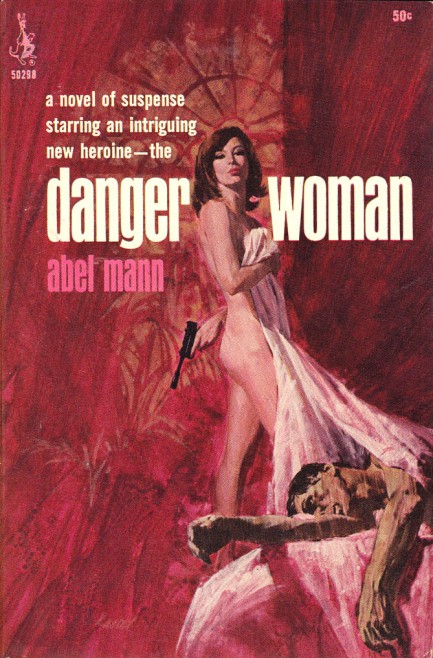
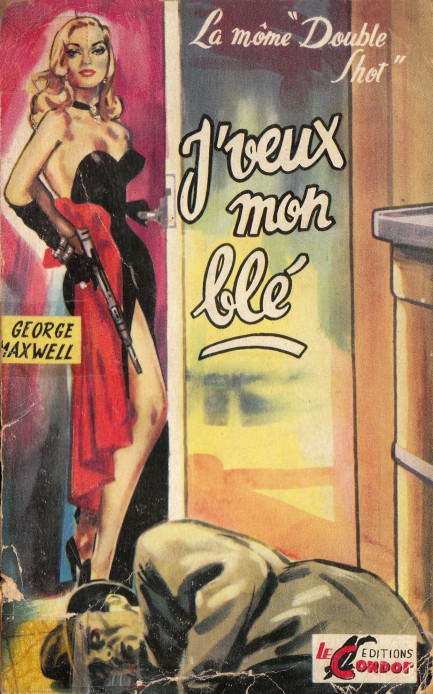
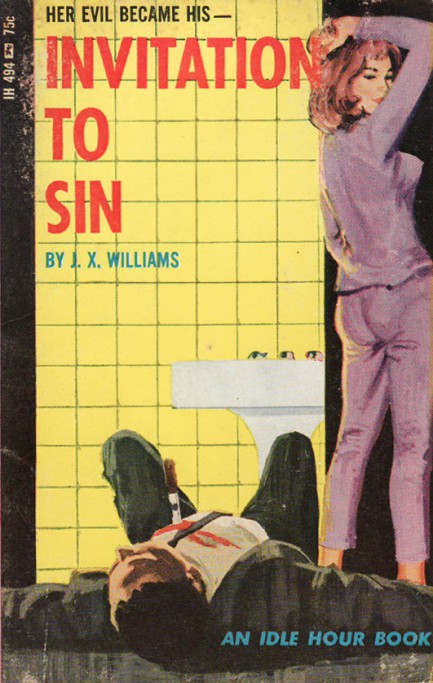
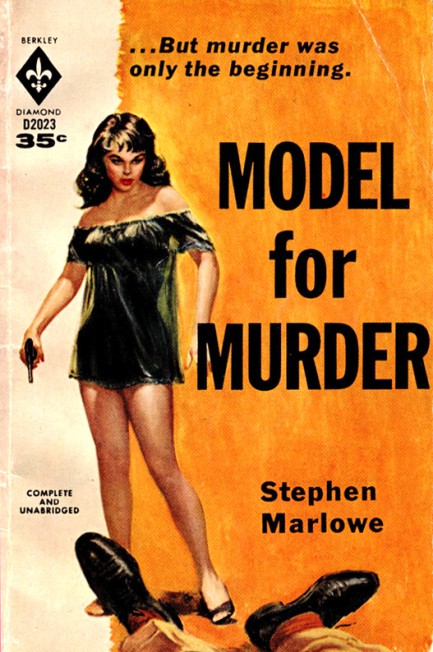
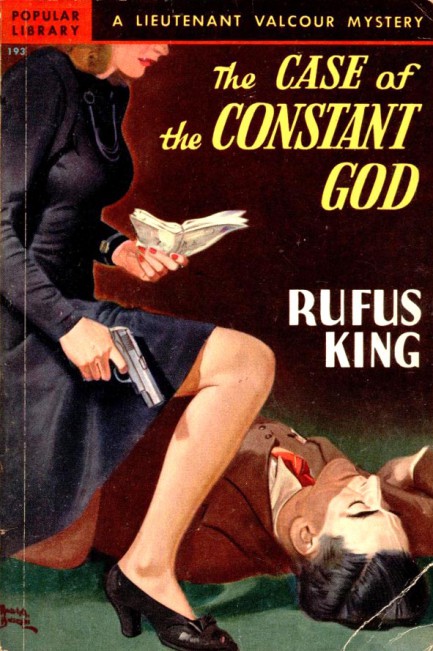
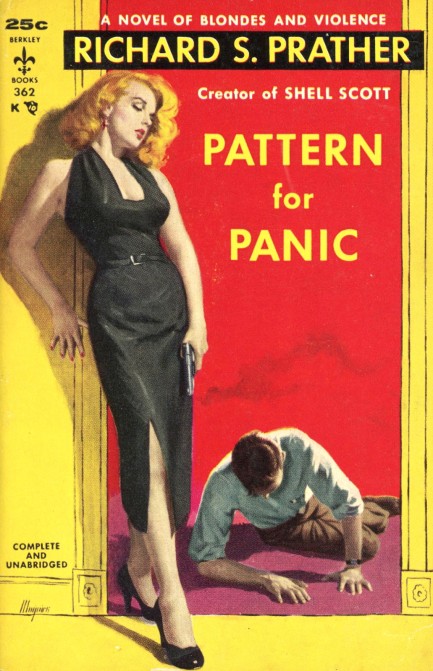
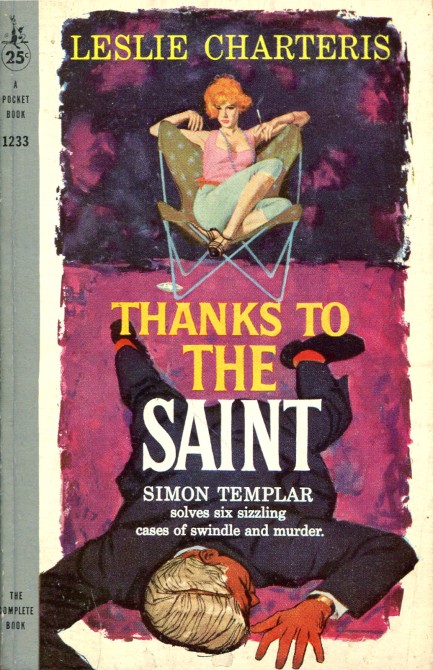
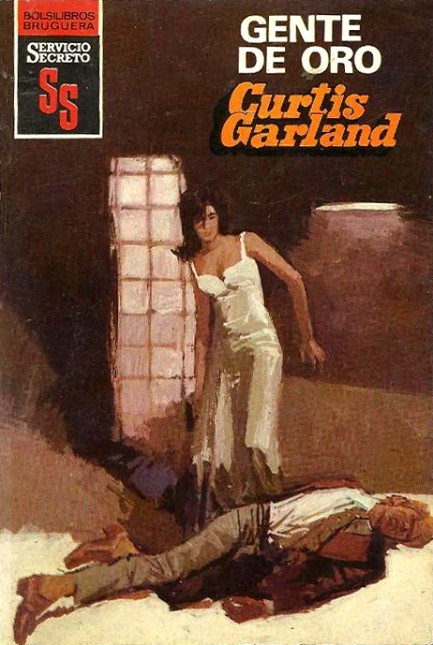
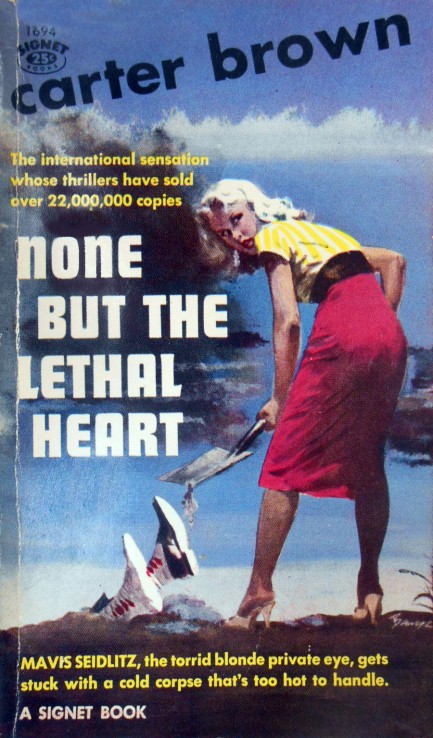
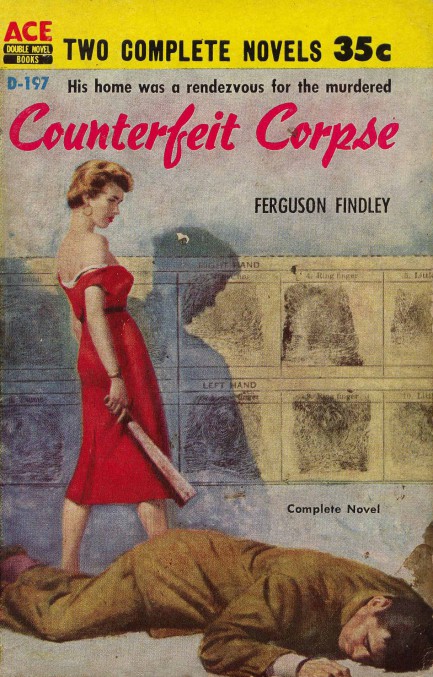
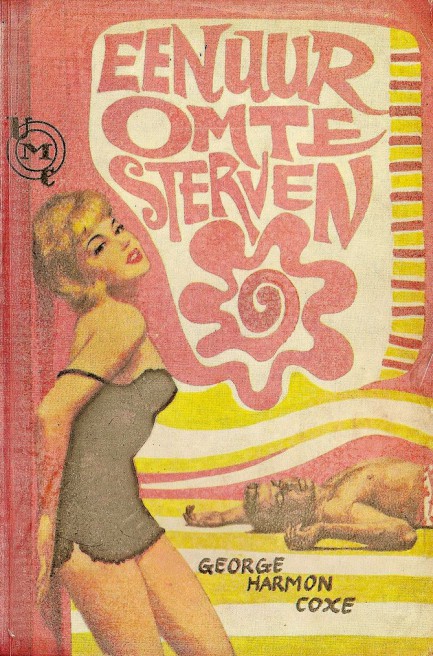
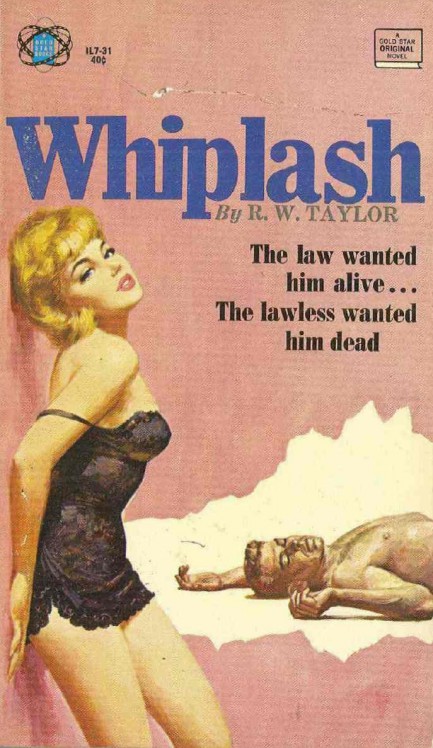

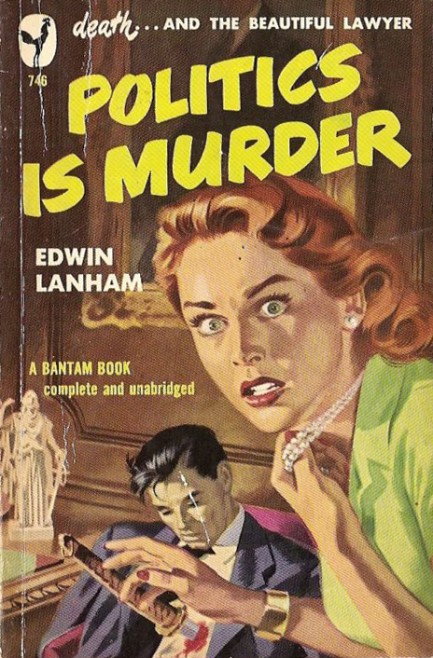
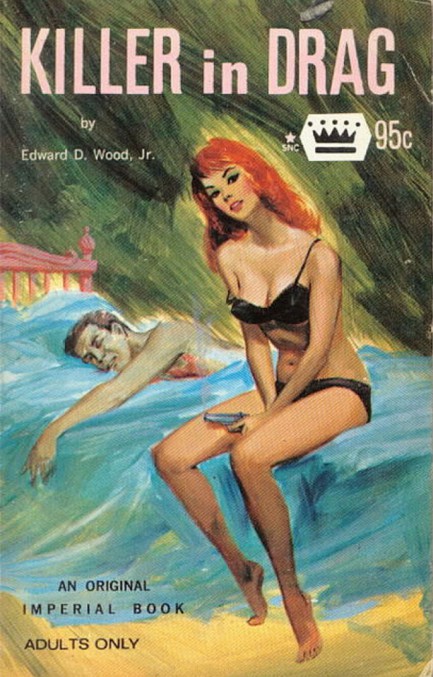
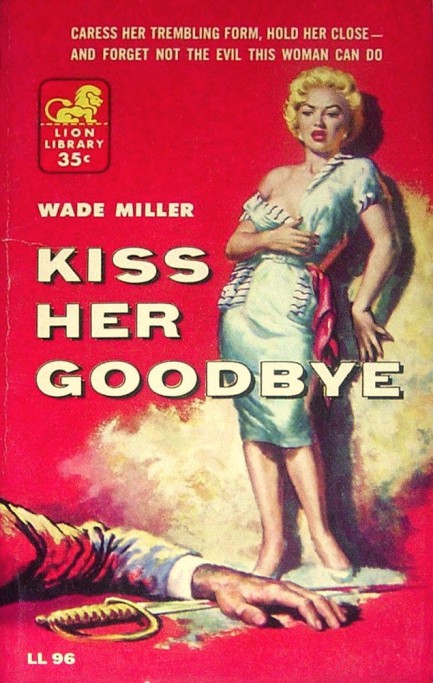
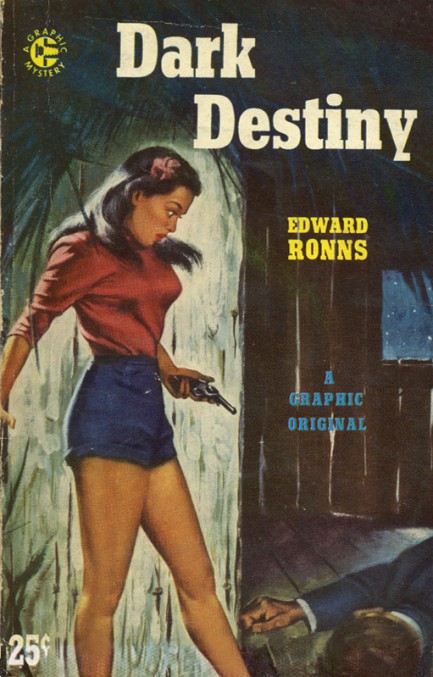
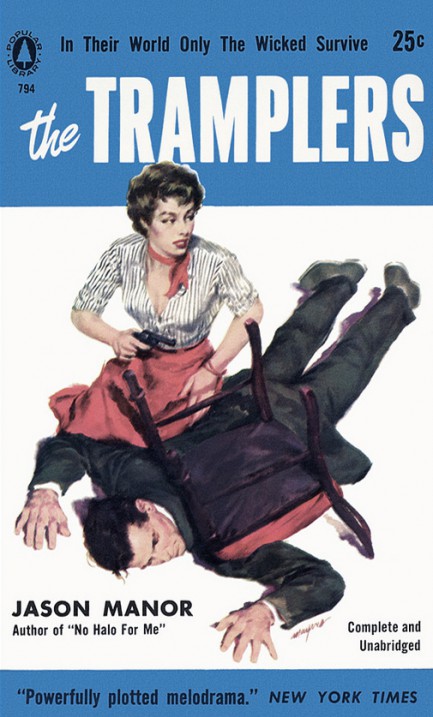
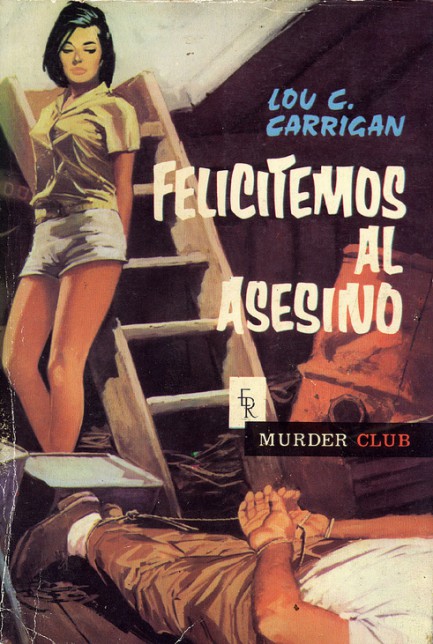

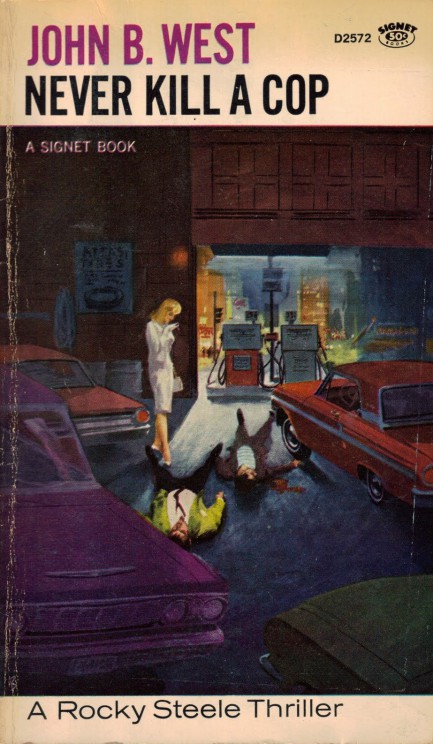
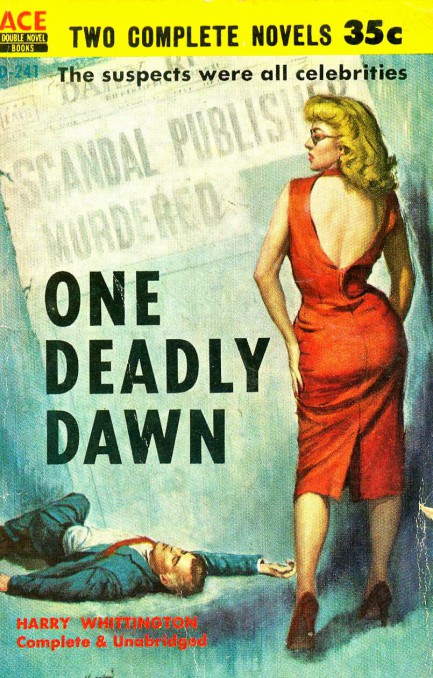
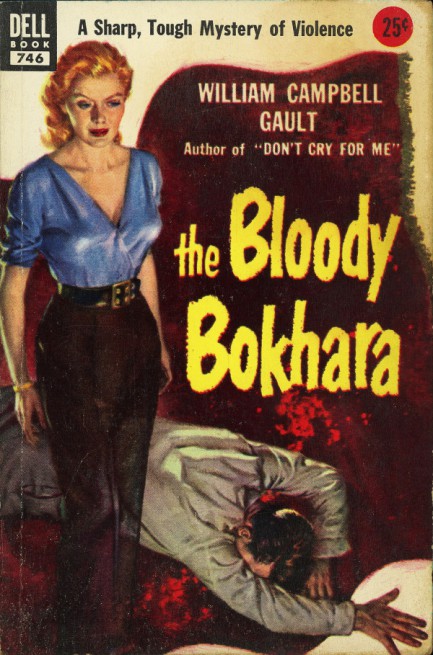
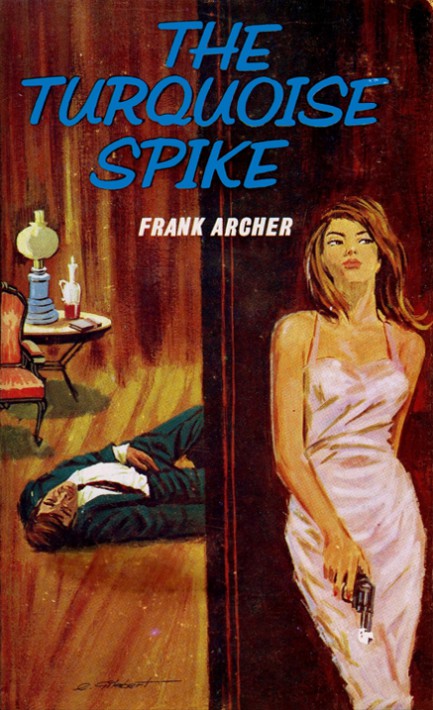
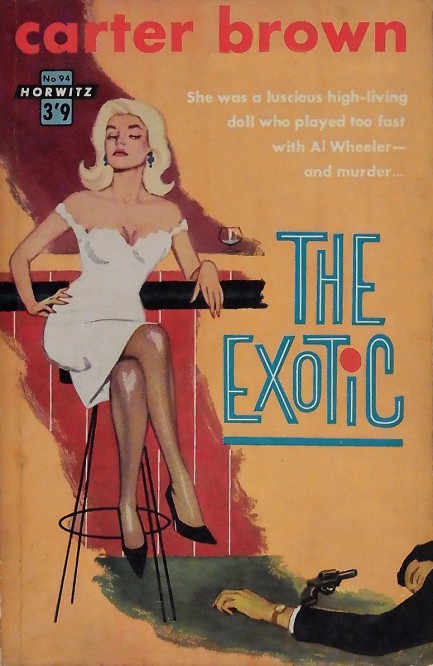
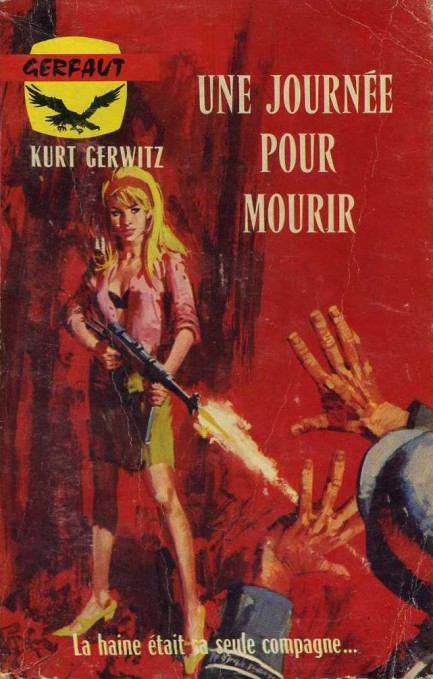
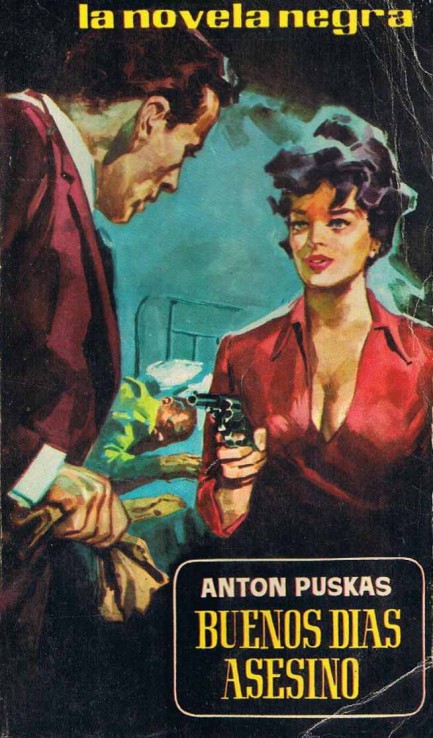
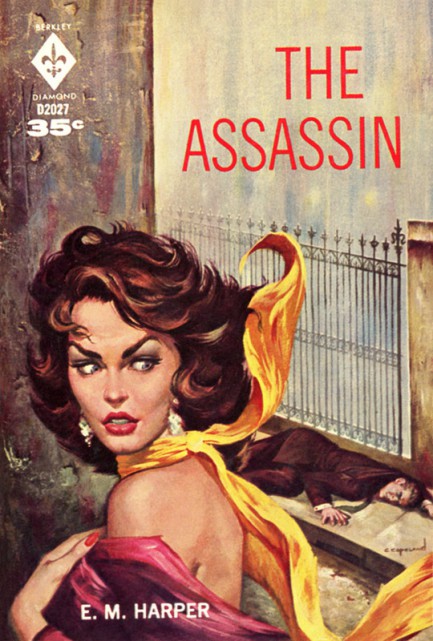
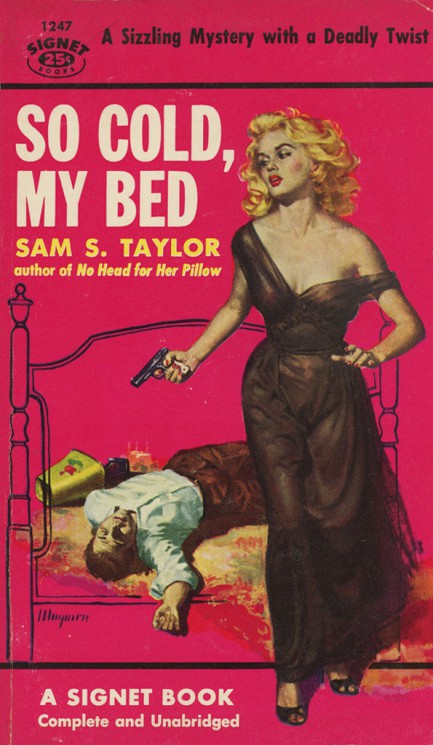
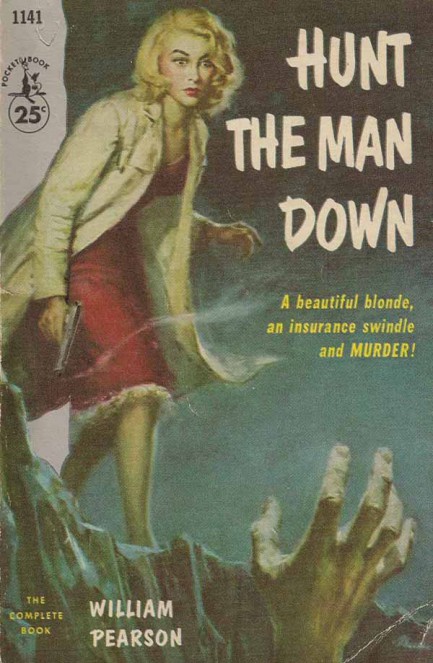
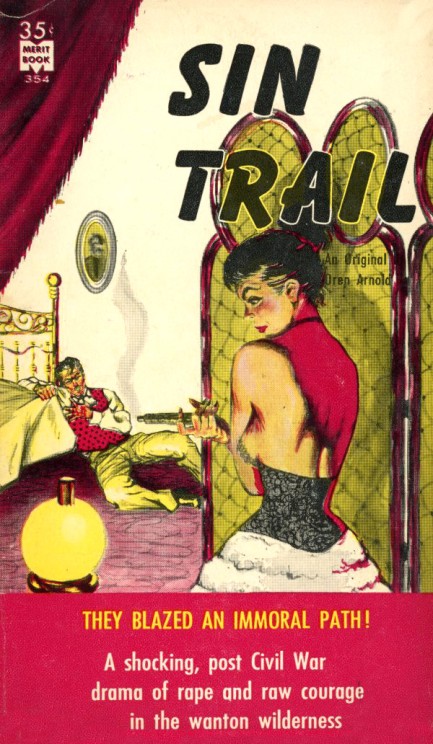
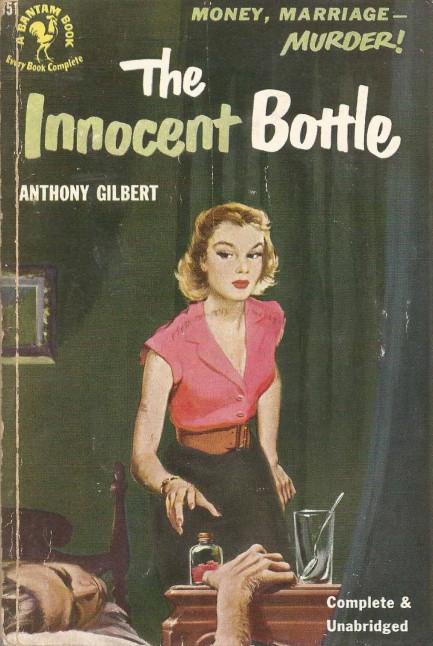
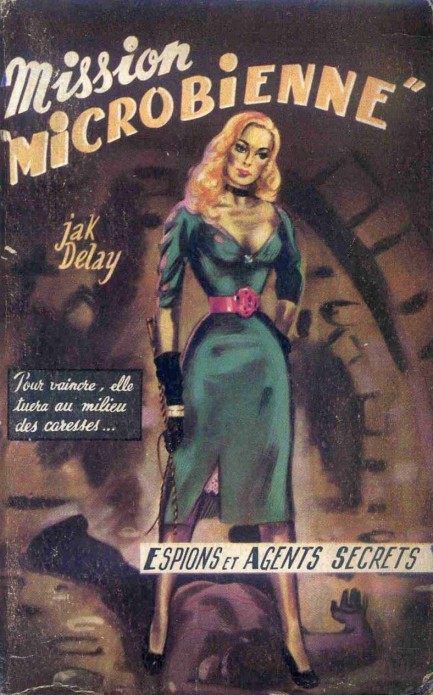
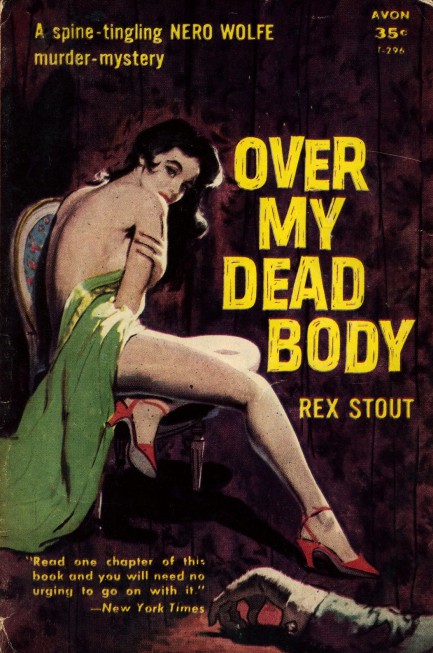
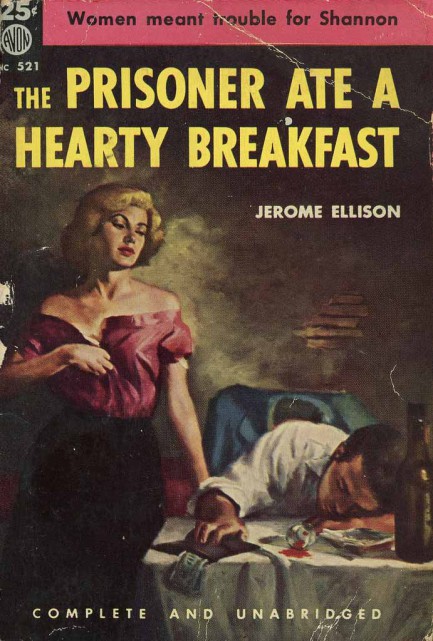
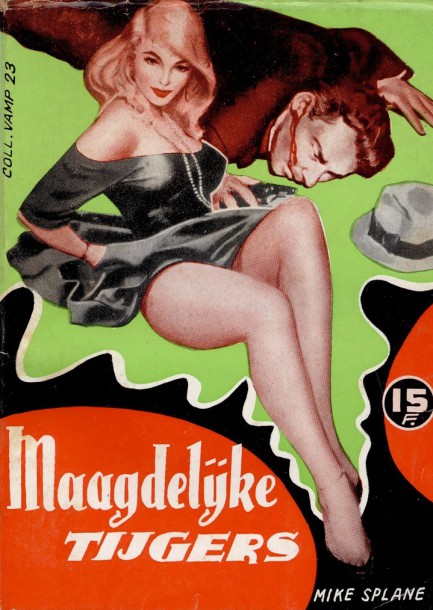
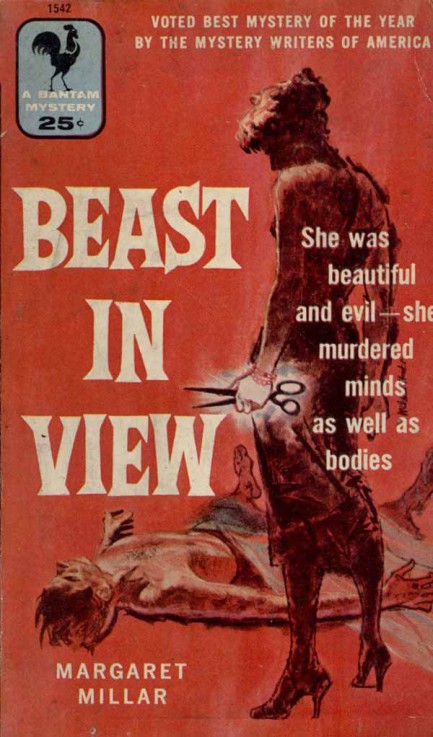
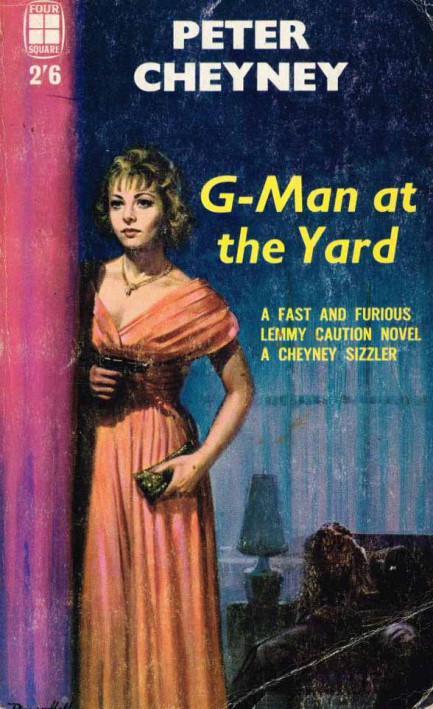
| Vintage Pulp | Oct 16 2013 |

You know we like themed cover collections. Over at Killer Covers a few days ago there were two book fronts featuring people falling from a height. A light bulb went off and we realized this represented yet another common pulp art motif. As with our other collections, some of these images are from Flickr, so thanks to the original uploaders on those, and thanks to Killer Covers for the two we borrowed from there. To see one more great falling cover we posted a while back, go here.
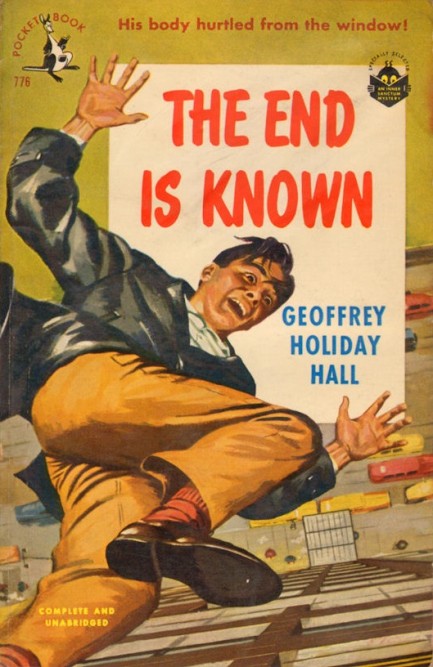
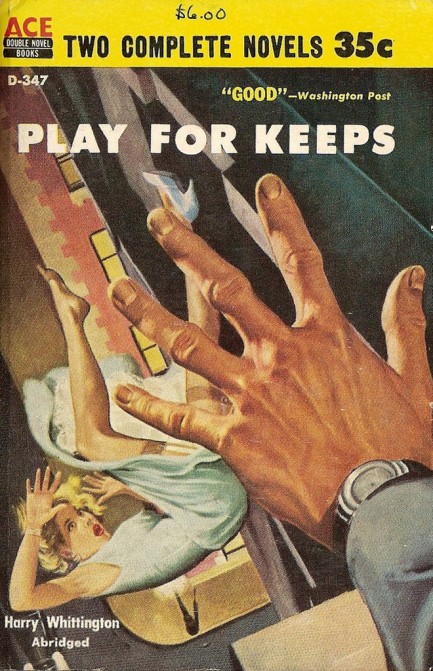

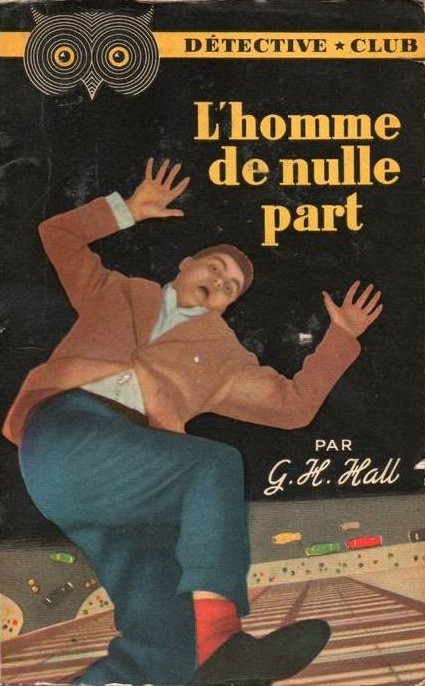
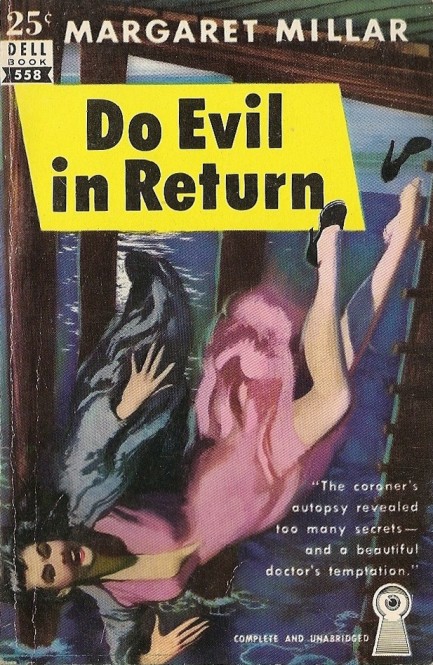
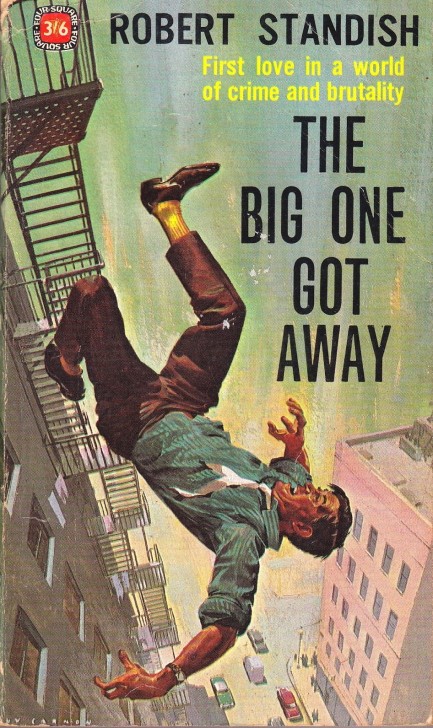
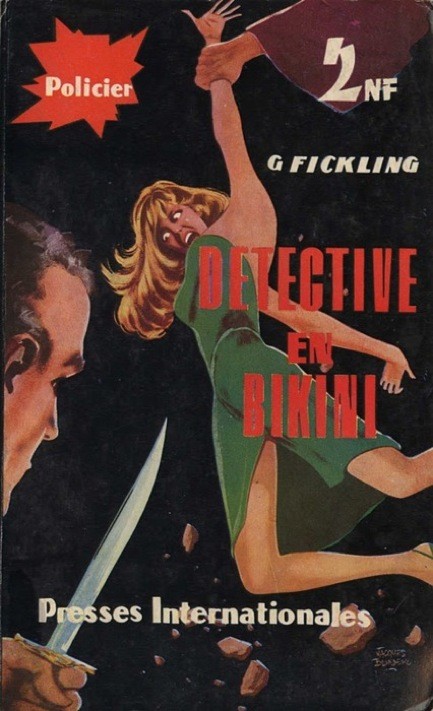
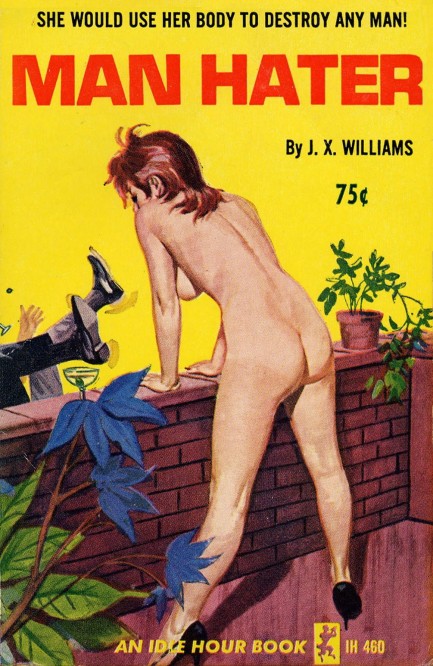
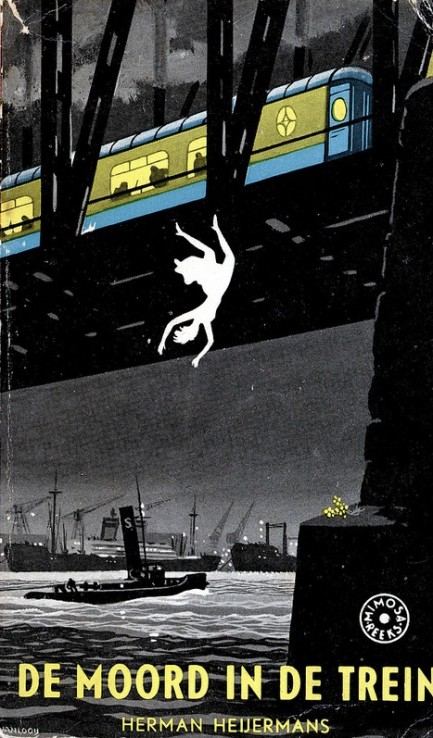
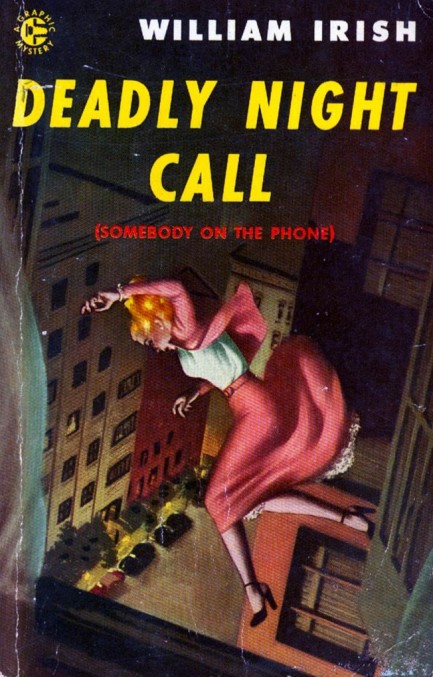
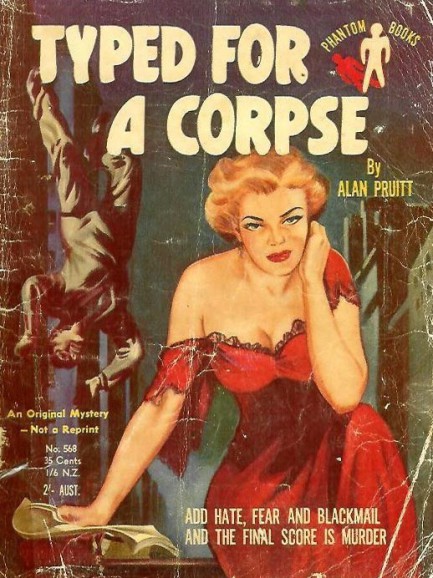
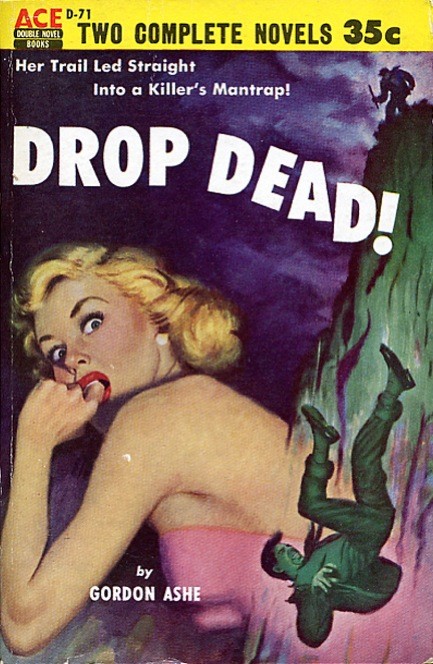
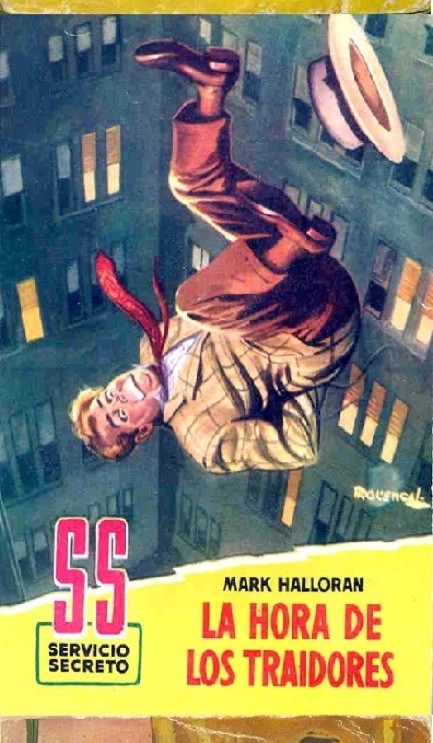
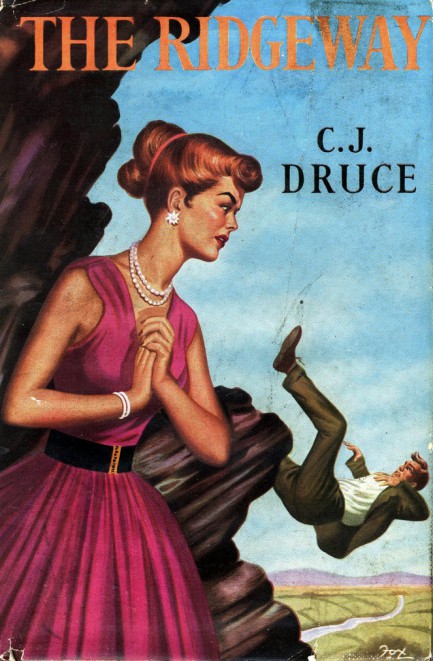
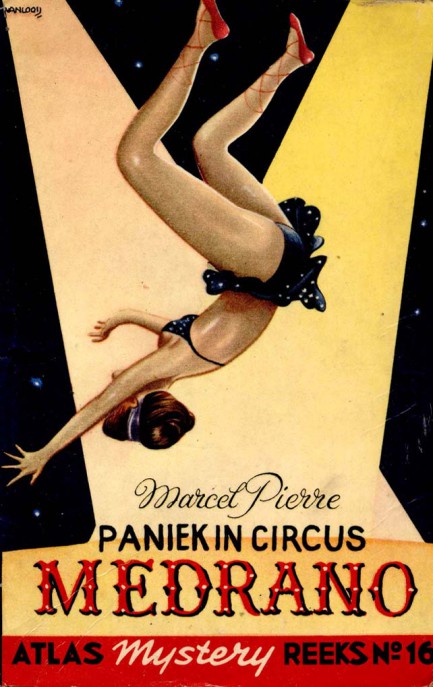
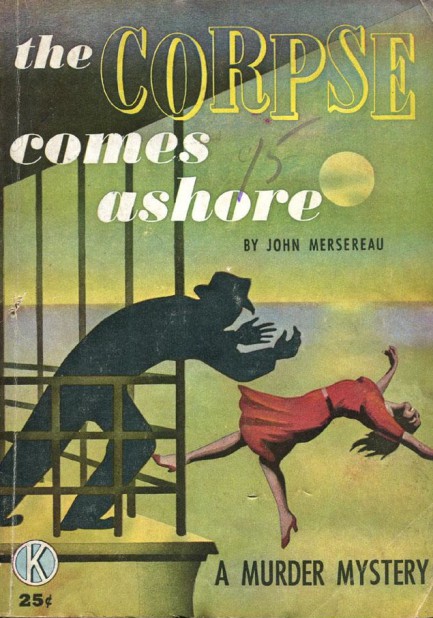
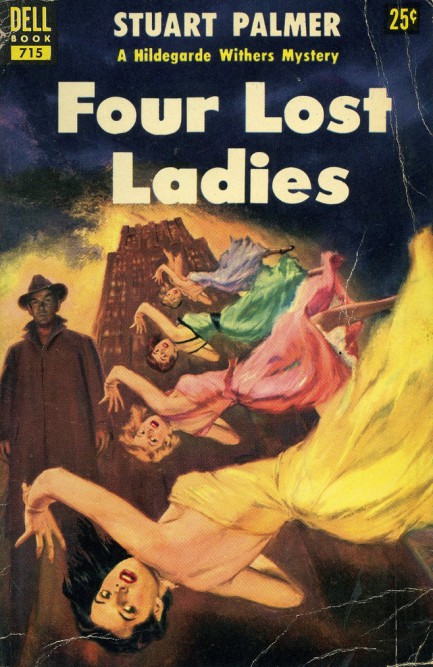
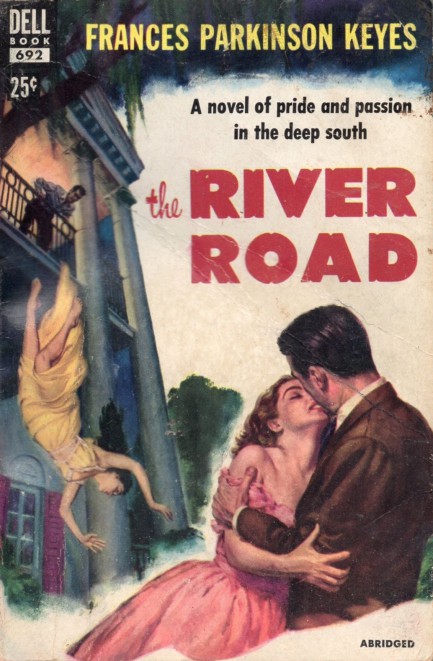
| Vintage Pulp | May 9 2011 |

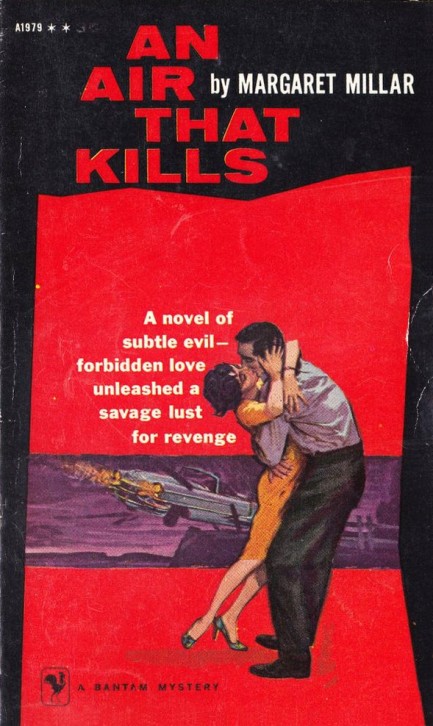
Margaret Millar was a respected writer who won the Mystery Writers of America's Grand Master Award in 1983, and happened to be the wife of acclaimed pulp author Ross MacDonald, aka Kenneth Millar. The air she has in mind here isn’t a physical thing, but rather the emotions of guilt and suspicion. Still though, it’s kind of a funny title, because when you consider how married couples get after a few decades together, it’s easy to imagine old Ross’s reaction every time Margaret let one slip. He probably smirked and said, “Jesus, there really is an air that kills.”
Anyway, the book is a mystery in which a married couple’s seemingly stable existence is rocked when the wife reveals that she’s pregnant with another man’s baby. That man soon turns up dead, drowned in his car at the bottom of a lake. However, this isn’t a straightforward puzzler. There are elements of melodrama, and the plot is stretched out over an extended period as we see the couple split and begin to live separate lives. But of course the mystery underpins everything, eventually circling back to center upon the woman’s new child.
An Air that Kills is considered by some to be Millar’s best work, and indeed she's considered by many critics to be one of the better writers of her era. She established a career before her husband did, though that doesn't seem to be as widely known as it probably should. In terms of writerly skill, we aren’t really qualified to say whether she's better than her spouse, but we’re sure it made for some interesting discussions and slightly edgy ribbing at the MacDonald/Millar dinner table. We highly recommend this book.




































































